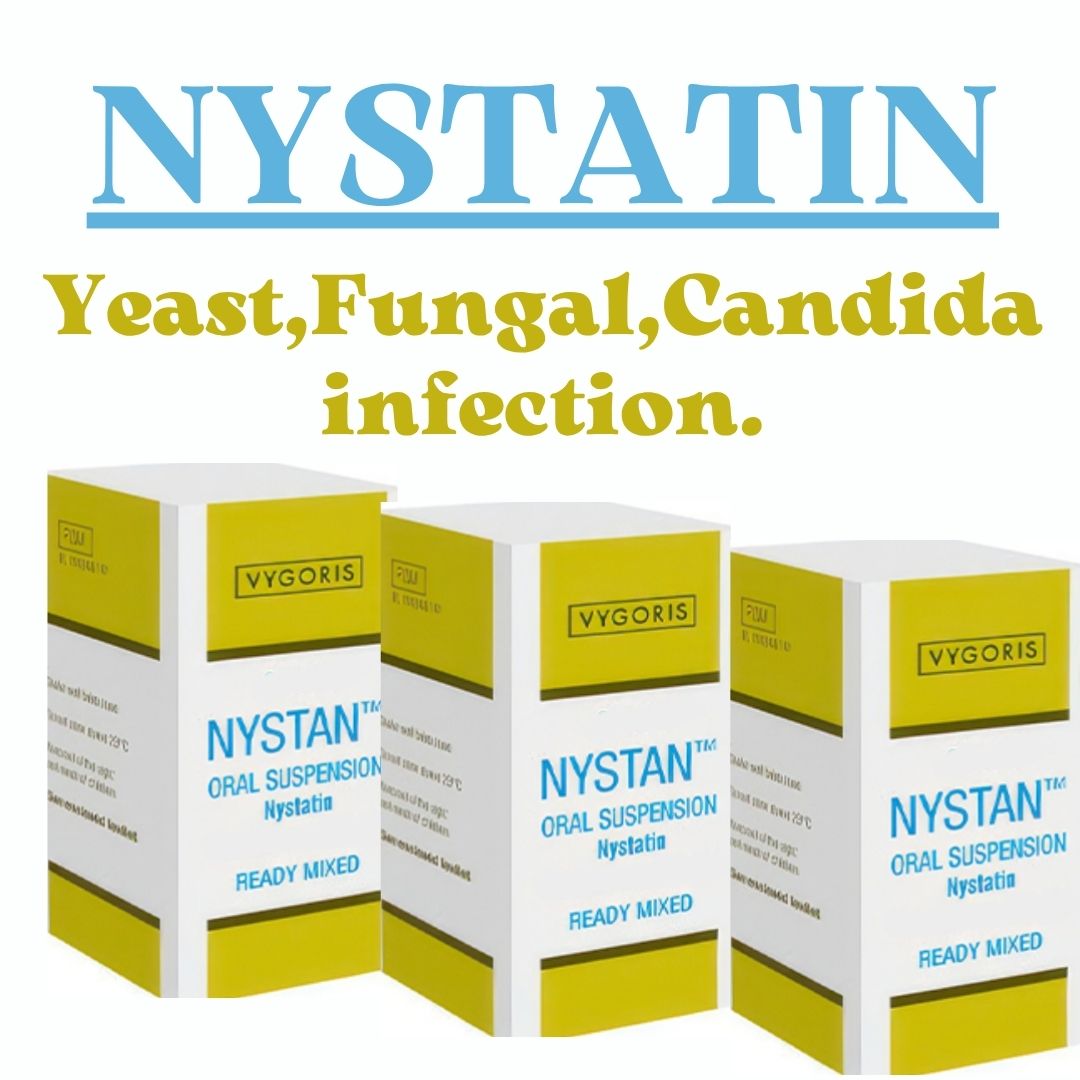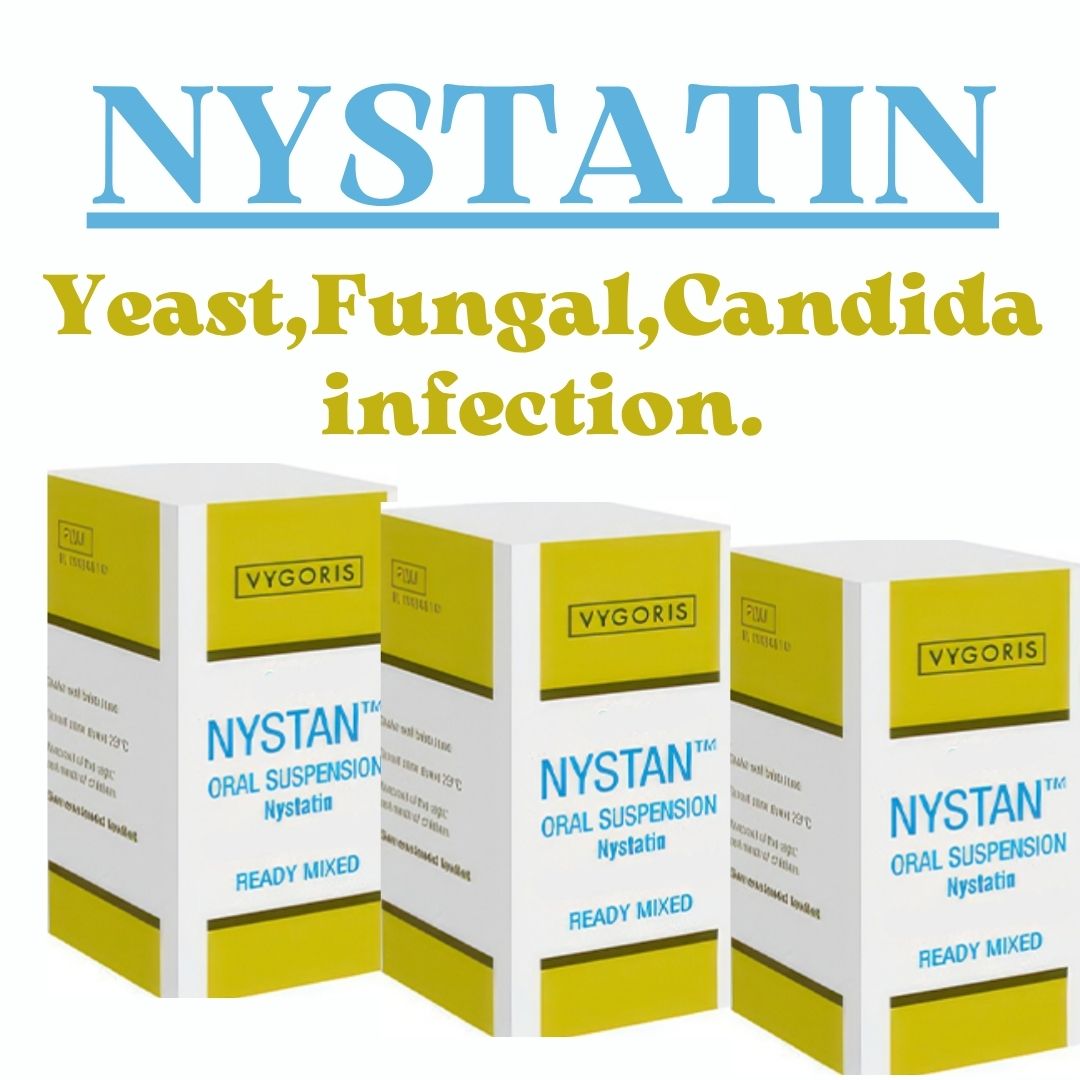My Store
Nystatin 60 ml Fungal and Yeast antifungal (50 birds)
Nystatin 60 ml Fungal and Yeast antifungal (50 birds)
Couldn't load pickup availability
Fungal Diseases in Pet Birds: Early Recognition and Management
Fungi are common in the environment and are often normal inhabitants of birds' skin, gastrointestinal tracts, and mucous membranes. Healthy birds typically resist infection thanks to a robust immune system, but compromised birds can develop serious fungal infections. Early recognition of these infections is crucial for effective management, which involves appropriate antifungal treatment and ongoing assessment of the bird’s response to therapy. This article provides an overview of several fungal diseases affecting companion birds.
Nystatin
Purpose:
-
Used to treat fungal (yeast) infections, particularly Candidiasis caused by Candida albicans.
-
Most often affects the mouth, crop, and digestive system of pigeons.
Formulation & Administration:
-
Typically given as an oral suspension.
-
Not absorbed systemically—acts locally in the GI tract, which is where Candida usually colonizes.
Dosage (off-label):
-
Dosage should be determined by an avian vet, as it varies based on severity, age, and size of the bird.
-
Often administered twice daily for a course of 5–10 days.
Important Notes:
-
Considered “extra-label” use in birds, meaning not officially approved for pigeons, but commonly used in veterinary practice.
-
Ineffective against bacterial or viral infections—diagnosis must confirm a fungal origin.
-
Best used early in infection or as part of supportive care in weakened birds.
Common Signs of Candidiasis in Pigeons:
-
Regurgitation or vomiting
-
White plaques in the mouth or crop
-
Poor appetite
-
Weight loss
-
Lethargy
Precautions:
-
Overuse of antibiotics may predispose birds to Candida overgrowth, so antifungals may be necessary following antibiotic treatment.
-
Keep pigeons in clean, dry environments to reduce fungal growth risk.
-
Crop flushing may be required in severe infections.
Candidiasis
Candidiasis, caused by Candida albicans, is another opportunistic yeast infection commonly found in birds' gastrointestinal tracts. It frequently affects juvenile birds, especially after antibiotic treatment or during illness.
The disease, also known as thrush, occurs when Candida overgrows, leading to symptoms like difficulty swallowing, halitosis, and the formation of pseudomembranes in the oropharynx. Infections may also affect the crop, proventriculus, and even the respiratory system.
Diagnosis is based on the identification of Candida in tissue samples. Treatment involves addressing predisposing factors and administering antifungal agents such as nystatin, fluconazole, or itraconazole.
Cryptococcosis
Caused by Cryptococcus neoformans, this disease is often associated with contaminated environments, particularly those with pigeon feces. It can affect various avian species and is zoonotic, meaning it can be transmitted to humans.
Clinical signs are often nonspecific and may include weakness, lethargy, respiratory distress, and neurological symptoms. Diagnosing cryptococcosis requires identifying the yeast through cytology or culture.
Treatment options include amphotericin B, itraconazole, and ketoconazole, though the prognosis is generally poor.
Rhodotoruliasis
Rhodotorula mucilaginosa is a yeast that can infect the skin, particularly in raptors. It manifests as greasy, crusty lesions, often in the axillary areas. Diagnosis is made through physical examination and cytology.
Treatment involves removing affected tissue and applying topical antifungal creams, along with antibiotics to prevent secondary infections.
Mucormycosis
Mucormycosis, caused by fungi such as Mucor, Absidia, and Rhizopus, can affect multiple organ systems. Clinical signs may vary widely, and diagnosis before death is uncommon. Effective treatment remains elusive.
Share


